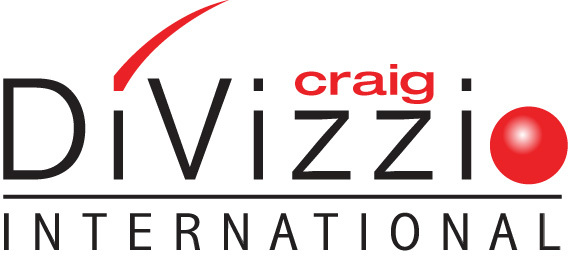In Part One of Helping Top Performers Improve I shared how to move past your hesitation and fear to deliver this feedback. If you struggle with this and haven’t read Part One, please read it and watch the accompanying video before reading this post, as Part Two begins where Part One ends.
Leaders are taught to treat everyone fairly, but that does not mean you treat everyone the same. Not treating people the same is especially true when it comes to feedback, as customization is the key.
The profile of Top Performers provides an instructive guide to effectively customizing feedback to them.
Top Performer Profile
- have high integrity and are trustworthy
- take a lot of initiative
- make decisions based on facts
- are good at managing their performance and always look for ways to improve
- have high expectations and are tough on themselves when they make a mistake
- are mild to highly sensitive to feedback
Level One Customization – based on the profile
- stick to the facts
- give objective data first, followed by subjective data and observations
- use an approach that eliminates or minimizes their potential embarrassment or disappointment in themselves, while they are in front of you
- realize they don’t need much involvement from you past the point of delivery
While points 1 and 2 apply to most people, points 3 and 4 are unique to Top Performers. They, by their performance, have earned the right to be given more freedom.
They are not equal, however, in how independently they can operate, thus creating a second level of customization. Include the following points in your second level of customization.
Level Two Customization – based on the individual and the message
- Do they prefer to process feedback entirely on their own, or discuss it with you?
- Does the complexity of the message necessitate a discussion or clarification?
- If discussion if preferred or required, should it be immediate, or delayed?
- Do you desire they take action, or need them to take action on this message?
- Do they typically take action on ideas they find valuable, or need that directive?
- If direction is preferred or required, what type and how much?
A common mistake is to involve yourself too much or provide too much direction. A Top Performer’s resistance is a clear signal to give them more space to perform on their own.
Always start with the least intrusive approach. It’s easier to get more involved than it is to back off after you have over-involved yourself.
Ask yourself this question: “What is the least intrusive approach I can use while still confident they meet the objective of delivering this message?”
Delivery Approaches – used almost exclusively with top performers
- drop-off message – you get together, deliver the message and part ways – with minimal or no discussion
- a drop-off message with a scheduled, reasonably comprehensive follow-up discussion
To some of you who have never used such a hands-off approach, those might seem insufficient. Remember who you are talking to; it’s your best people. Their profile suggests they will not only appreciate that approach but find it more than sufficient.
However, if you find it insufficient, you can always involve yourself more or switch to the traditional feedback approach with them.
- traditional – we schedule enough time to have the complete discussion and schedule beneficial follow-ups
What type of feedback does the research suggest Top Performers benefit from the most?
Soar With Your Strengths by Clifton and Nelson, or The Power of Feedback by Joseph Folkman suggest the following:
Focus Your Feedback On
- improving strengths – help them develop what they already do well – capitalizing on the 80/20 principle
- managing weaknesses – find ways to decrease the negative impact the weakness has on a strength. Don’t attempt to turn weaknesses into strengths.
Use an approach customized to your Top Performer’s qualities, and you’ll find they’ll be receptive to your feedback, value your suggestions and the approach you use which gives them freedom and respect and take action on your ideas, bringing even more value to your team.
That’s my perspective, what yours? , and don’t miss the video on this topic on YouTube.
P.S. Next Week: For The Holidays I Want MORE!
